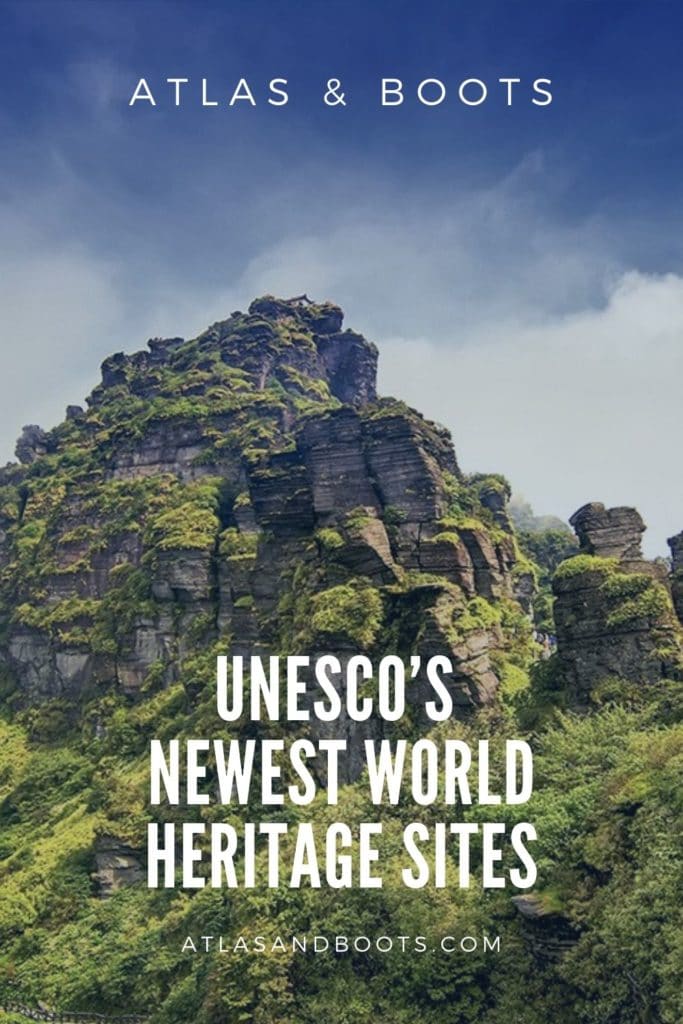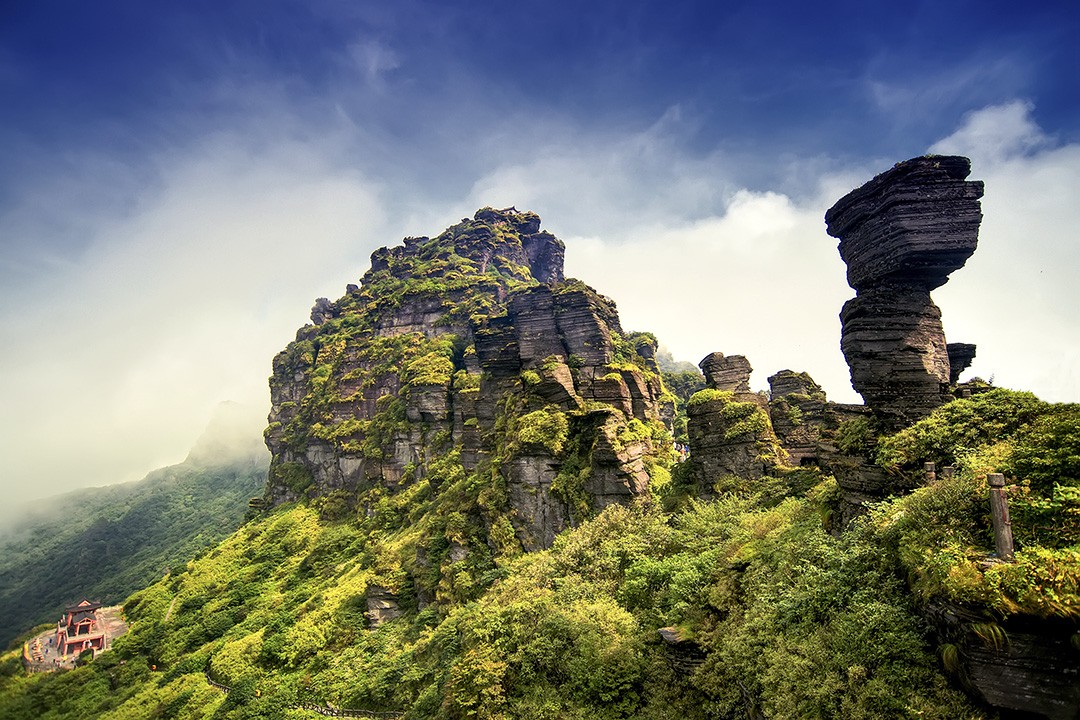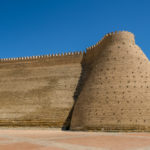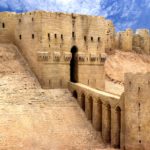From Inuit hunting grounds to sacred mountain monasteries, UNESCO’s newest World Heritage Sites offer outstanding cultural value
The aim of UNESCO’s list is to identify, protect and preserve sites of cultural and natural heritage considered to be of exceptional value to humanity. These sites include a range of locations such as the Great Barrier Reef in Australia, east Africa’s Serengeti, the Pyramids of Egypt and Machu Picchu in Peru.
To be included on UNESCO’s World Heritage List, nominated sites must be of “outstanding universal value” and meet at least one of 10 selection criteria.
Last year, the UNESCO committee inscribed 19 new sites onto the World Heritage List (13 cultural, three natural and three mixed sites).
Below, we take a look at the 19 newest UNESCO World Heritage Sites and why they made the cut. There are certainly one or two surprises.
1. Aasivissuit – Nipisat
Location: Greenland (Denmark)
Category: Cultural
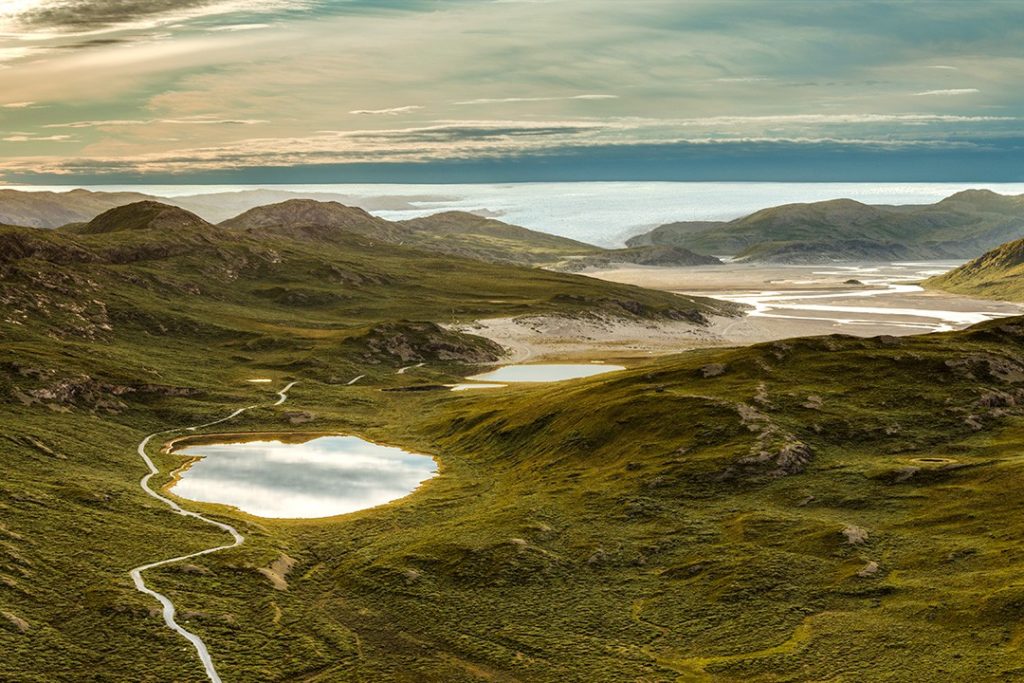
Located inside the Arctic Circle in the central part of west Greenland, the vast and remote “Inuit Hunting Ground between Ice and Sea” is one of the newest World Heritage Sites. Thought to be over 4,200 years old, it features large winter houses, evidence of caribou hunting and archaeological sites from the fisher-hunter-gatherer cultures of the Inuit people.
More information: whc.unesco.org
2. Al-Ahsa Oasis
Location: Saudi Arabia
Category: Cultural
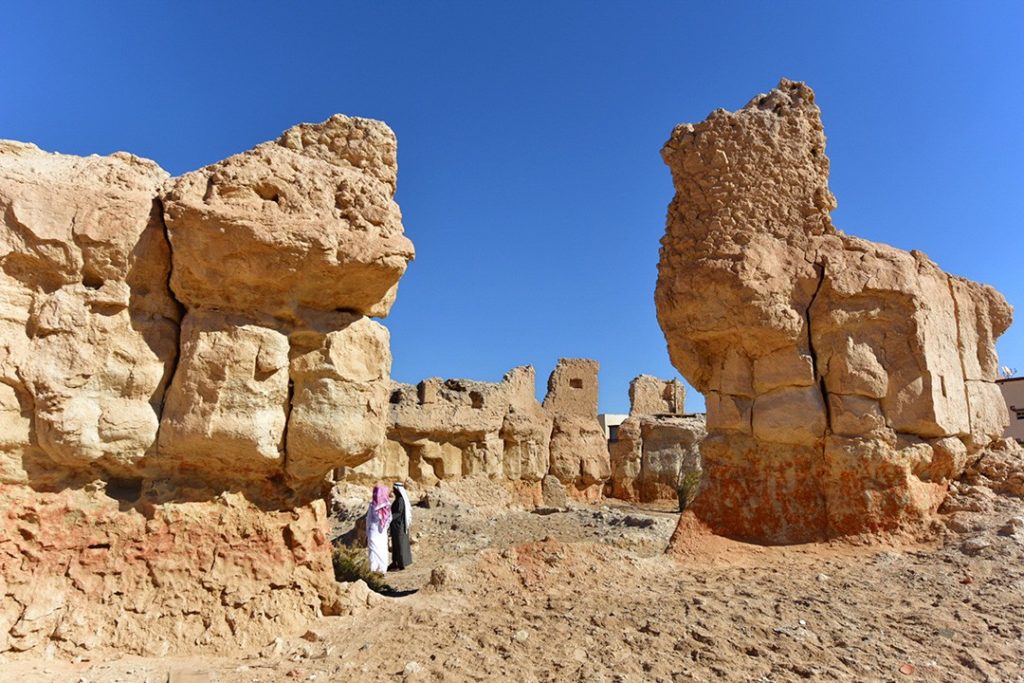
In the eastern Arabian Peninsula, a vast and varied landscape evidences continued human settlement in the Gulf region from the Neolithic to the present day. Al-Ahsa Oasis with its 2.5 million date palms is the largest oasis in the world. It comprises myriad gardens, canals, springs, wells, a drainage lake and multiple historical buildings and archaeological sites.
More information: whc.unesco.org
3. Ancient City of Qalhat
Location: Oman
Category: Cultural
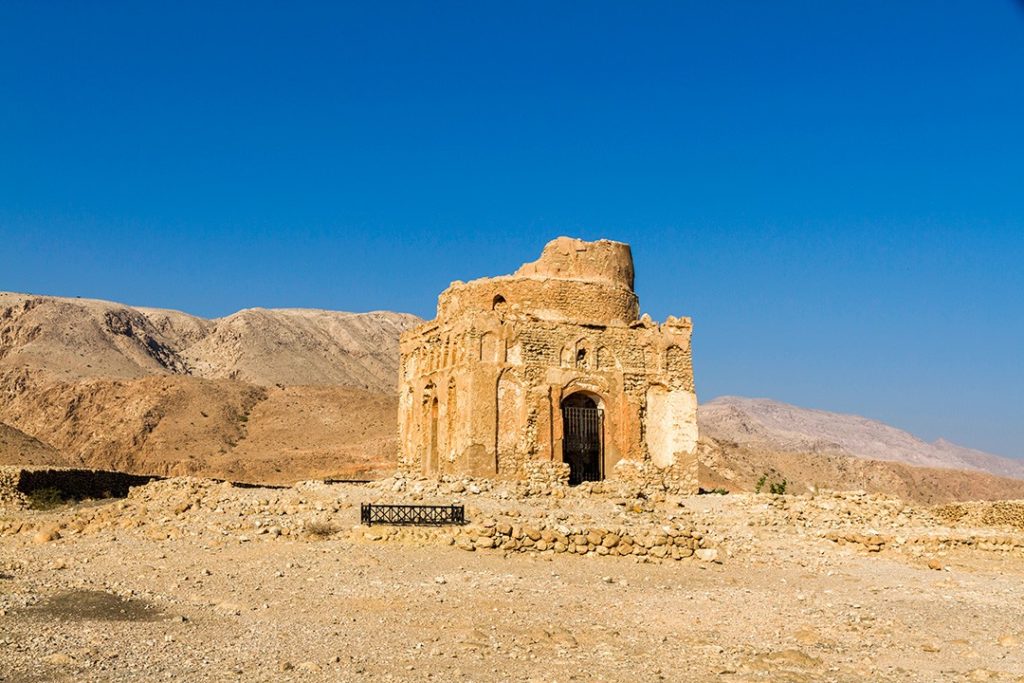
The ancient city of Qalhat in Oman was once a major port on the east coast of Arabia between the 11th and 15th centuries. Qalhat was visited by Marco Polo in the 13th century and served as an important stop on the wider Indian Ocean trade network.
More information: whc.unesco.org
4. Archaeological border complex of Hedeby and the Danevirke
Location: Germany
Category: Cultural
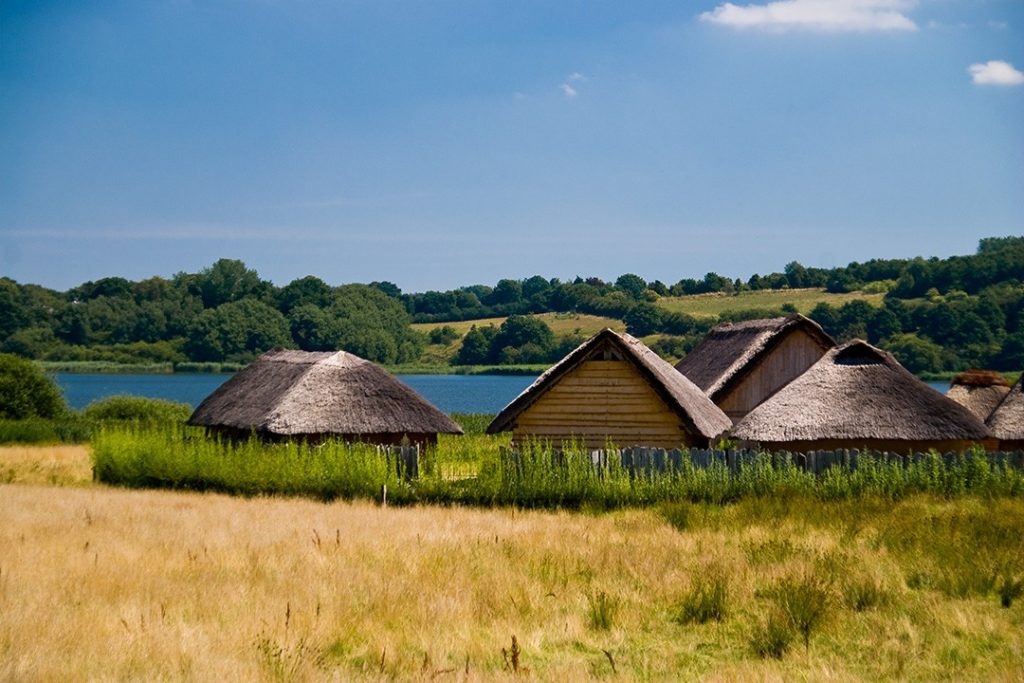
The archaeological site of Hedeby along the German-Danish border shelters the remains of a trading town dating back to the 10th and 11th centuries.
Due to its unique position between the Frankish Empire in the south and the Danish Kingdom in the north, Hedeby once flourished as a trading hub between continental Europe, Scandinavia and the North Sea and Baltic Sea sailing routes. The site contains traces of roads, buildings, cemeteries and a harbour.
More information: whc.unesco.org
5. Barberton Makhonjwa Mountains
Location: South Africa
Category: Natural
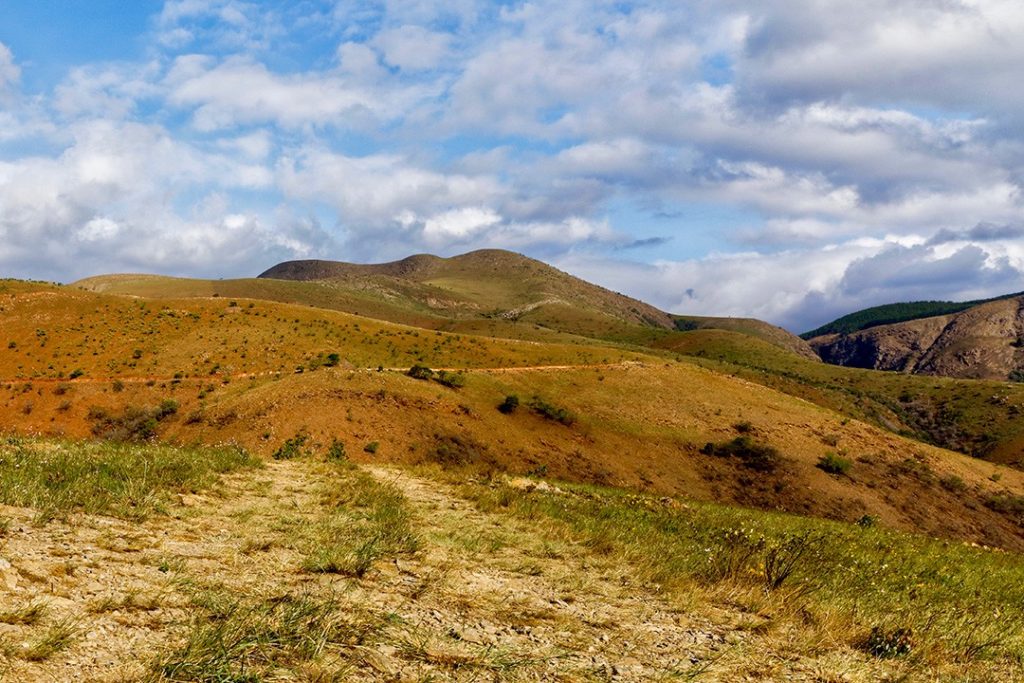
The Makhonjwa Mountains, located in South Africa and Eswatini, are formed of rocks dating as far back as 3.6 billion years. They are thought to be one of the oldest mountain ranges in the world. The site represents the best-preserved succession of volcanic and sedimentary rock dating back 3.6 to 3.25 billion years.
More information: whc.unesco.org
6. Caliphate City of Medina Azahara
Location: Spain
Category: Cultural
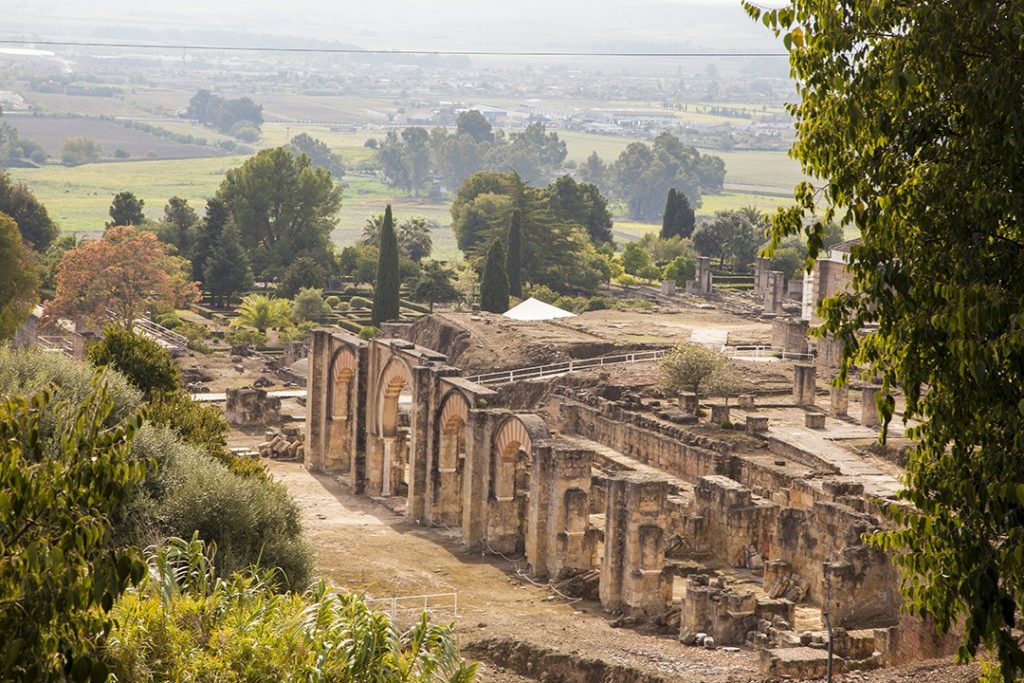
Built in the mid-10th century, the Caliphate City of Medina Azahara was a newly founded city built by the western Islamic civilisation of the Umayyad dynasty as the seat of the Caliphate of Cordoba.
The city was destroyed shortly after construction and remained hidden until its rediscovery in the early 20th century. The rediscovery led to extensive excavation, protection and conservation which has continued ever since.
More information: whc.unesco.org
7. Chaîne des Puys – Limagne fault tectonic arena
Location: France
Category: Natural
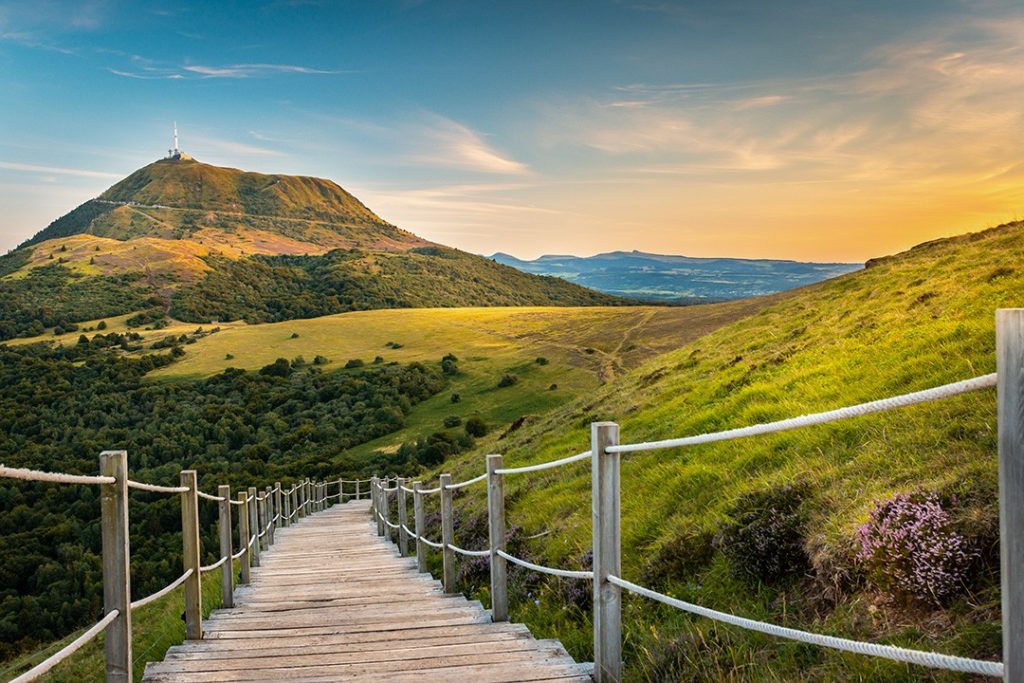
At ground level, the rolling hills and pretty meadows of central France hide the continent’s violent and dramatic geological past. Here, beneath the serene landscape, the West European Rift – France’s volcano park – was formed.
Created in the aftermath of the formation of the Alps 35 million years ago, the rift was the result of a continental crust cracking up, collapsing and causing magma to surge to the surface.
More information: whc.unesco.org
8. Chiribiquete National Park – “The Maloca of the Jaguar”
Location: Colombia
Category: Cultural / Natural
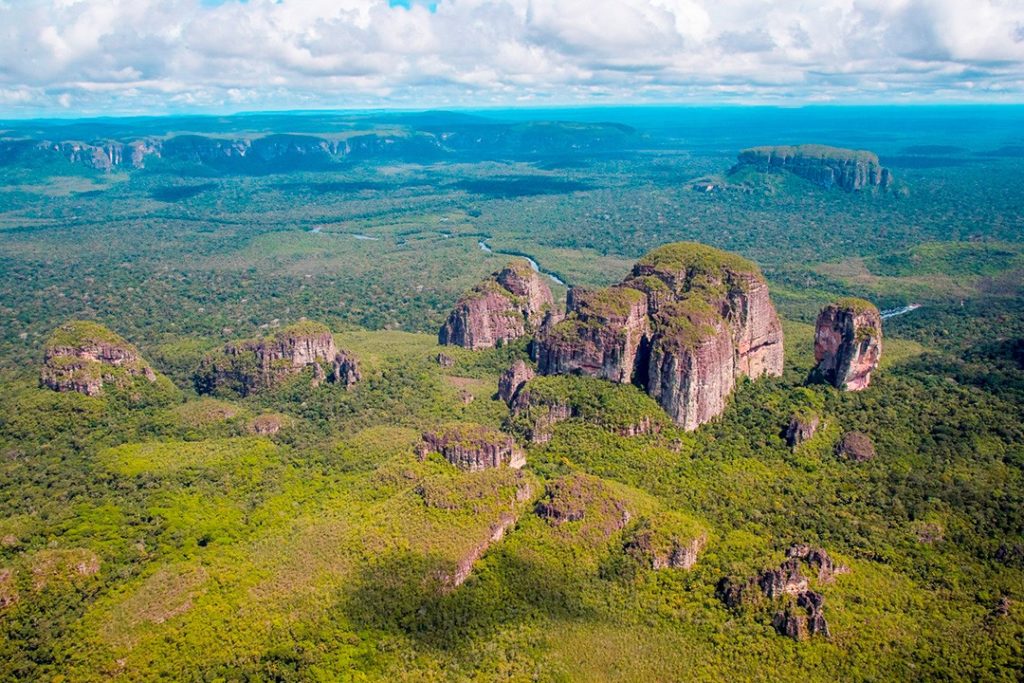
The Chiribiquete National Park is the largest protected area in Colombia. One of the defining features of the park is the presence of tepuis (table-top mountains): sheer-sided sandstone plateaux that stand out in the thick, lush forest.
Additionally, there are over 75,000 figures painted onto the walls of 60 natural rock shelters dating from 20,000 BC. The paintings are still created today by the uncontacted peoples protected within the national park.
The paintings depict plants, wildlife, hunting scenes, battles, dances and ceremonies, particularly the worship of the jaguar, a symbol of power and fertility.
More information: whc.unesco.org
9. Fanjingshan
Location: China
Category: Natural
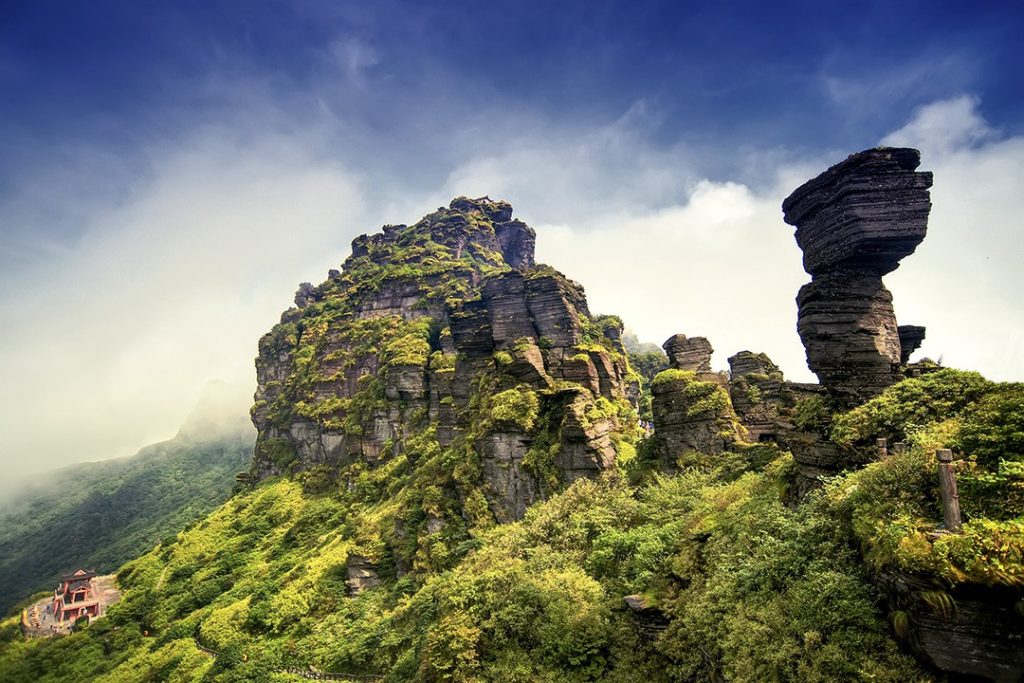
The eye-catching Fanjingshan, or Mount Fanjing, at 2,570m (8,430ft) is the highest peak of the Wuling Mountains in southwestern China. Described as an island of metamorphic rock in a sea of karst, the mountain is home to an array of plant and animal species that originated in the Tertiary period between 65 million and two million years ago.
More information: whc.unesco.org
10. Göbekli Tepe
Location: Turkey
Category: Cultural

Near the town of Urfa lies a set of massive 11,000-year-old carved stones, crafted and arranged by prehistoric people who had purportedly not yet developed metal tools or even pottery.
The site, discovered in the 1960s and later excavated by German archaeologist Klaus Schmidt, pre-dates Stonehenge by about 6,000 years and calls into question what we think we know about the progression of hunter-gatherers. Simply put, Göbekli Tepe with its intricate carving and sophisticated engineering wasn’t the work of simple cavemen.
More information: whc.unesco.org
11. Hidden Christian Sites in the Nagasaki Region
Location: Japan
Category: Cultural
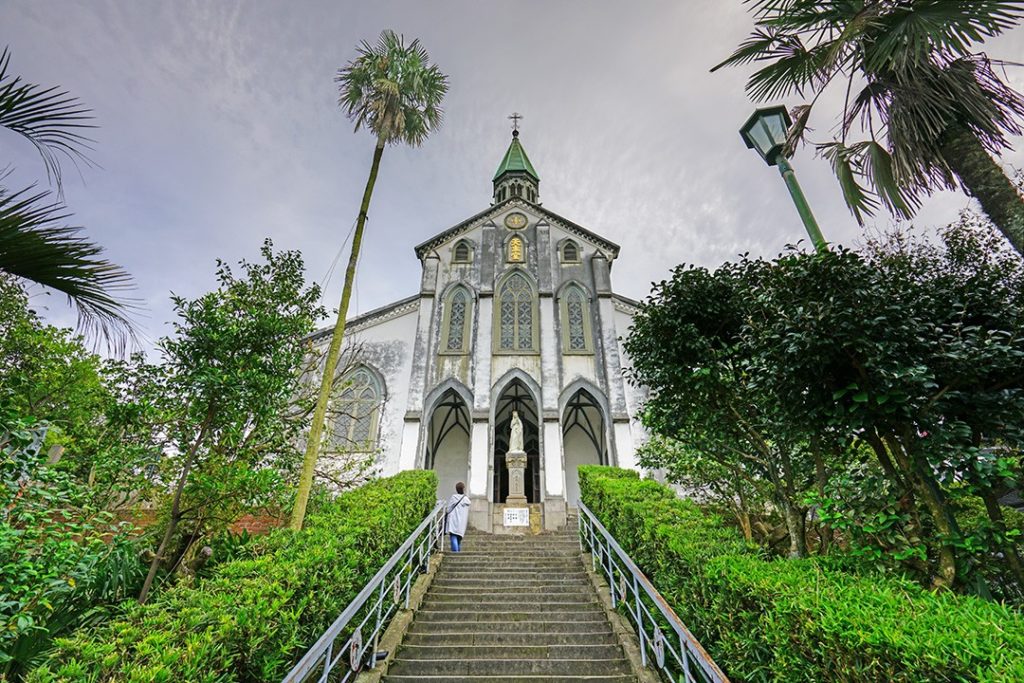
Consisting of 10 villages and the remains of a castle and a cathedral dating from the 17th to the 19th centuries, this site is a fascinating insight into a religion prohibited for over two centuries.
Christians in the Nagasaki region secretly communicated their faith during the period of prohibition in Japan from the 17th to the 19th century until the official lifting of the prohibition in 1873.
More information: whc.unesco.org
12. Ivrea: industrial city of the 20th century
Location: Italy
Category: Cultural
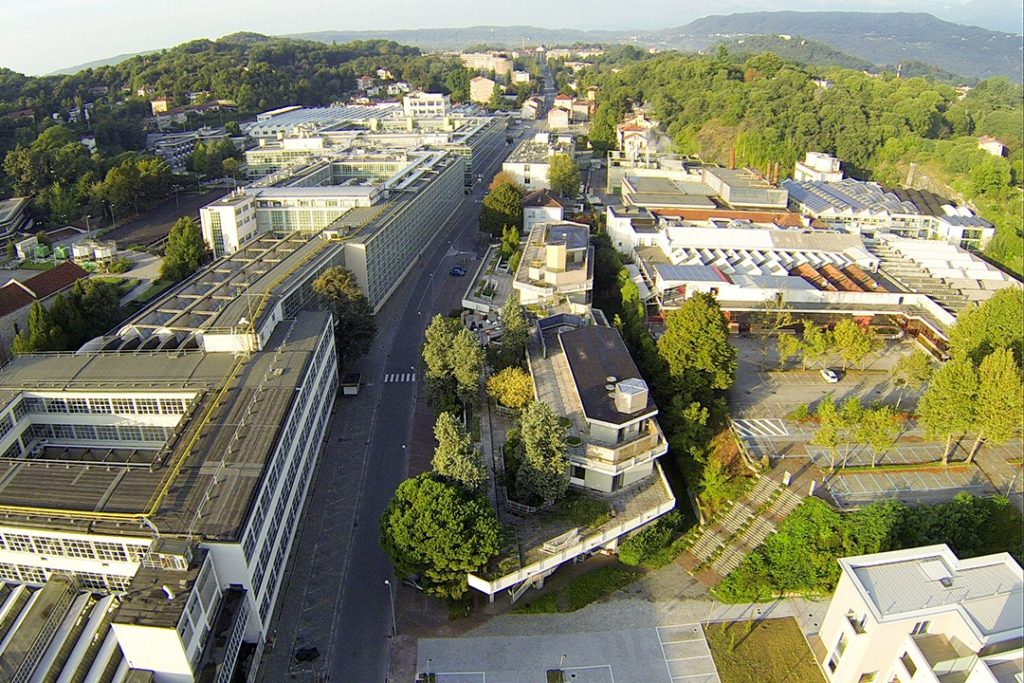
When one thinks of the 49 UNESCO World Heritage Sites of Italy, one would be forgiven for imagining Venice and its lagoon, Rome’s Colosseum or the Leaning Tower of Pisa.
The industrial city of Ivrea bucks Italy’s ancient UNESCO trend and appears as a bit of an anomaly on this list. The site is known for the manufacture of typewriters, calculators and office computers and comprises a “large factory and buildings designed to serve the administration and social services, as well as residential units”. Um… awesome?
More information: whc.unesco.org
13. Naumburg Cathedral
Location: Germany
Category: Cultural
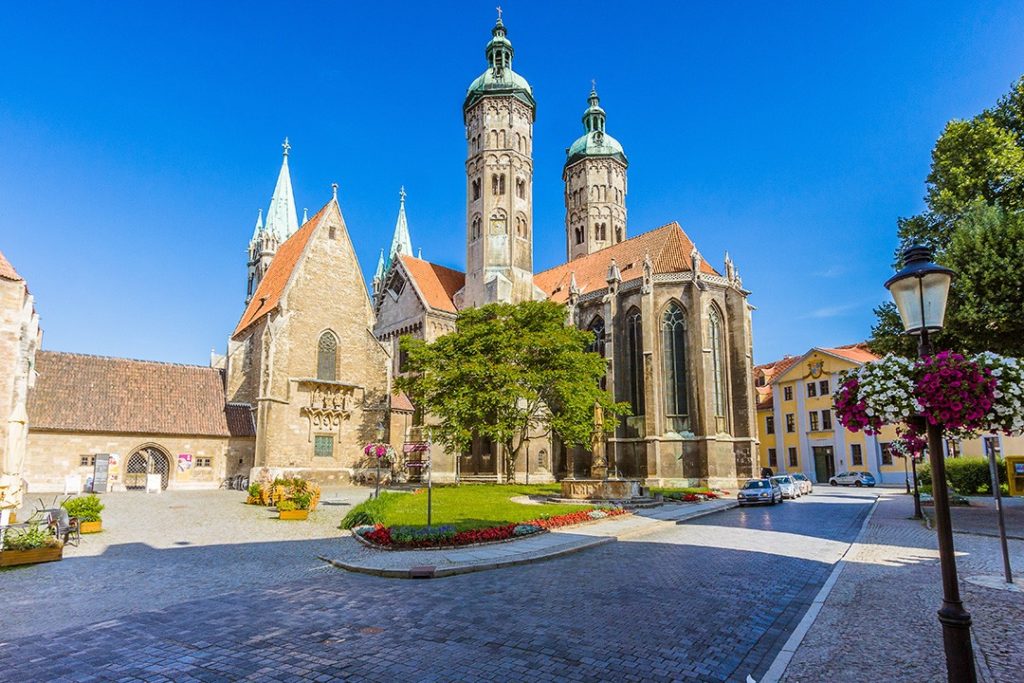
This is a bit more like it. The Gothic Cathedral of Naumburg, whose construction began in 1028, is cited as an “outstanding testimony to medieval art and architecture”. It’s certainly more appealing than an industrial complex!
The interior houses several notable works of art including the life-size sculptures of the founders of the cathedral.
More information: whc.unesco.org
14. Pimachiowin Aki
Location: Canada
Category: Cultural / Natural
Pimachiowin Aki (The Land That Gives Life) is a wild frontier landscape of rivers, lakes, wetlands and boreal forest located in remote areas of Manitoba and Ontario in Canada. It forms part of the ancestral home of four Anishinaabeg (First Nations) communities: Bloodvein River, Little Grand Rapids, Pauingassi and Poplar River.
The region is an extraordinary example of the cultural tradition of Ji-ganawendamang Gidakiiminaan (‘keeping the land’), which encompasses honouring the gifts of the Creator, respecting all forms of life and maintaining harmonious relations with others. It is also a picture of utter serenity.
More information: whc.unesco.org
15. Sansa Buddhist Mountain Monasteries in Korea
Location: South Korea
Category: Cultural
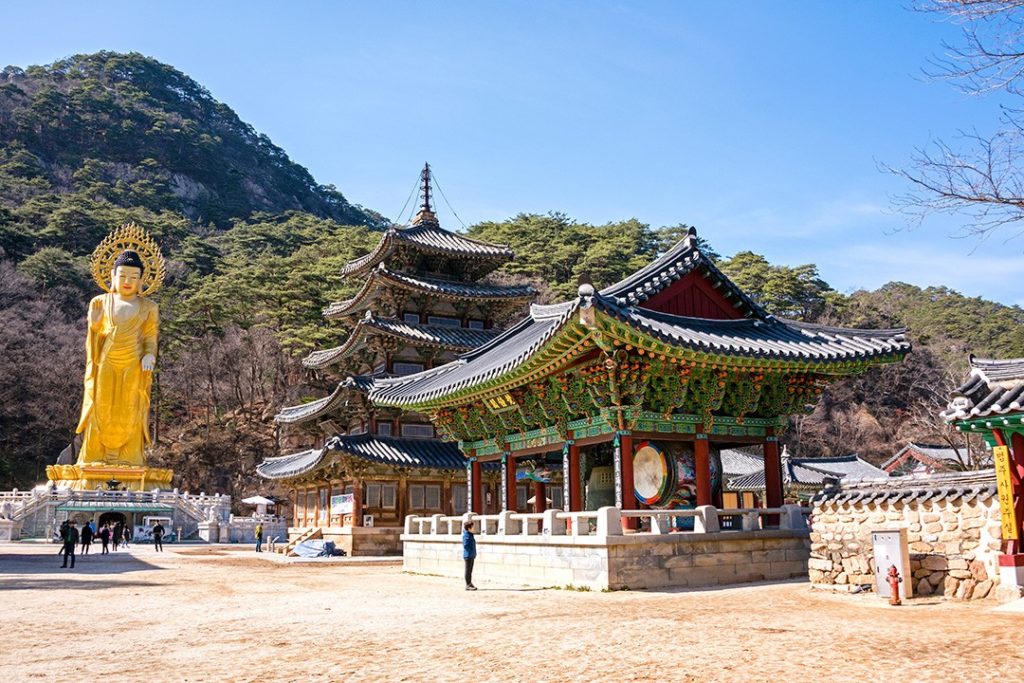
The seven Buddhist mountain monasteries located throughout the southern provinces of the Korean Peninsula were established from the seventh to ninth centuries.
The Korean monasteries differ from those in other countries as they were shaped by the integration of Buddhism with indigenous religions. The seven temples showcase common characteristics that are specific to Korea such as the ‘madang’ (open courtyard) flanked by four buildings (Buddha Hall, pavilion, lecture hall and dormitory).
More information: whc.unesco.org
16. Sassanid Archaeological Landscape of Fars Region
Location: Iran (Islamic Republic of)
Category: Cultural
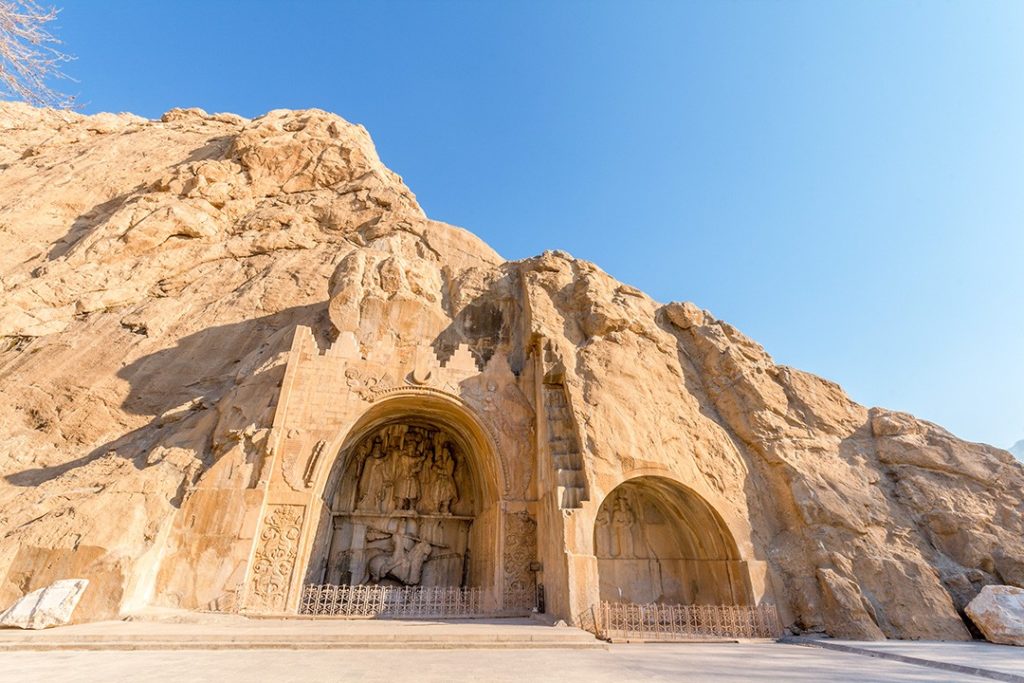
The eight archaeological sites that make up this new addition to the World Heritage List are spread across three geographical areas in the southeast of the Fars Province of Iran: Firuzabad, Bishapur and Sarvestan. Many of the Sassanid archaeological sites are carved directly into the rock face in similar fashion to the city of Petra in Jordan.
The fortified structures, palaces and city limits date back to the Sassanian Empire from 224 to 658 AD. The centrepiece is the capital city built by the founder of the dynasty, Ardashir Papakan, as well as the architectural structures of his successor, Shapur I.
More information: whc.unesco.org
17. Tehuacán-Cuicatlán Valley: originary habitat of Mesoamerica
Location: Mexico
Category: Cultural / Natural

Positioned in the Tehuacán-Cuicatlán Biosphere Reserve, a protected natural arid area of southeastern Mexico, is one of the main centres of diversification for the critically endangered cacti family. The valley harbours the densest forests of columnar cacti in the world that shape a unique landscape that also includes forests of agaves, yuccas and oaks.
Additionally, the area is home to an array of archaeological remains demonstrating the technological developments and early domestication of crops in the region.
More information: whc.unesco.org
18. Thimlich Ohinga Archaeological Site
Location: Kenya
Category: Cultural
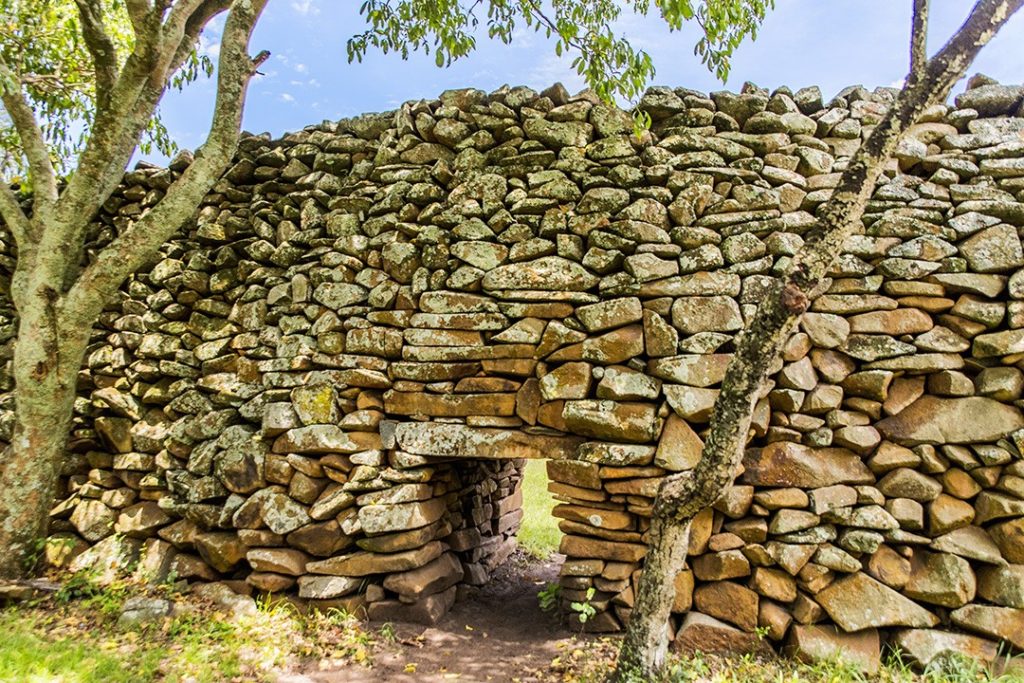
Thimlich Ohinga is a complex of stone-built ruins situated northwest of the town of Migori in the Lake Victoria region of Kenya. Settled in the 16th century, the Ohinga (settlement) appears to have served as a fort for the communities and livestock of the region.
Thimlich Ohinga showcases the tradition of massive dry-stone walled enclosures, typical of the pastoral communities in the Lake Victoria Basin. It is the largest and best preserved of these traditional enclosures in the area.
More information: whc.unesco.org
19. Victorian Gothic and Art Deco Ensembles of Mumbai
Location: India
Category: Cultural
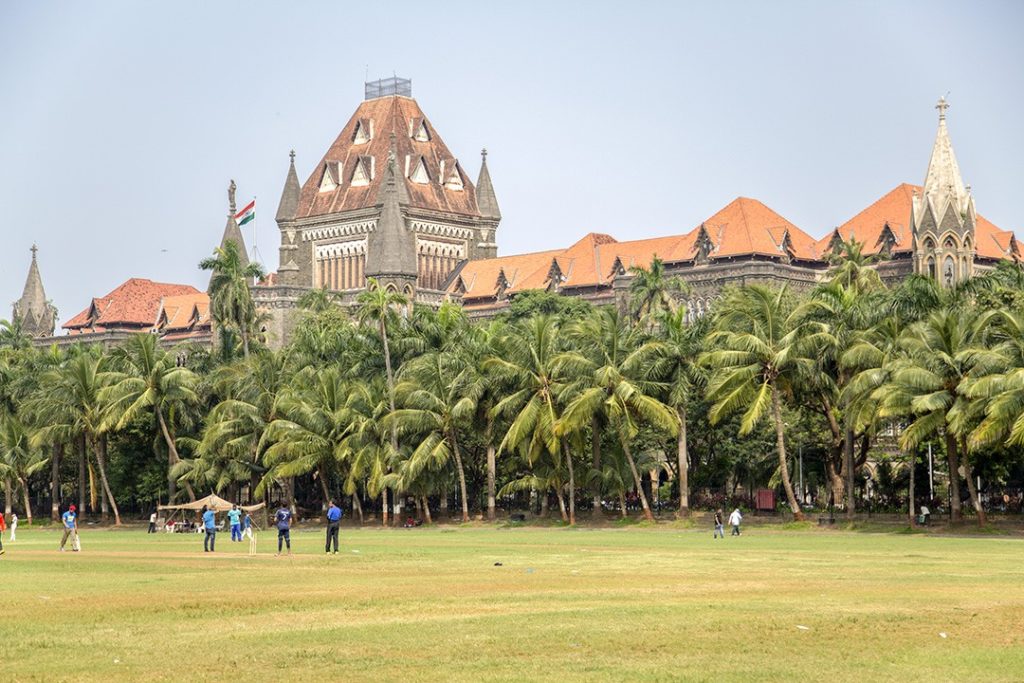
Two evolutions of urban development in Mumbai, in the 19th and 20th centuries, converted the city from a fortified trading outpost to the modern metropolis that it is today.
In the 1880s, the first wave of construction created the Victorian Gothic public buildings and the Oval Maidan. The second development was the Backbay Reclamation Scheme of the early 20th century.
Both ensembles showcase the phases of modernisation that Mumbai has undergone over the course of the last two centuries.
More information: whc.unesco.org
Enjoyed this post? pin it for later…
